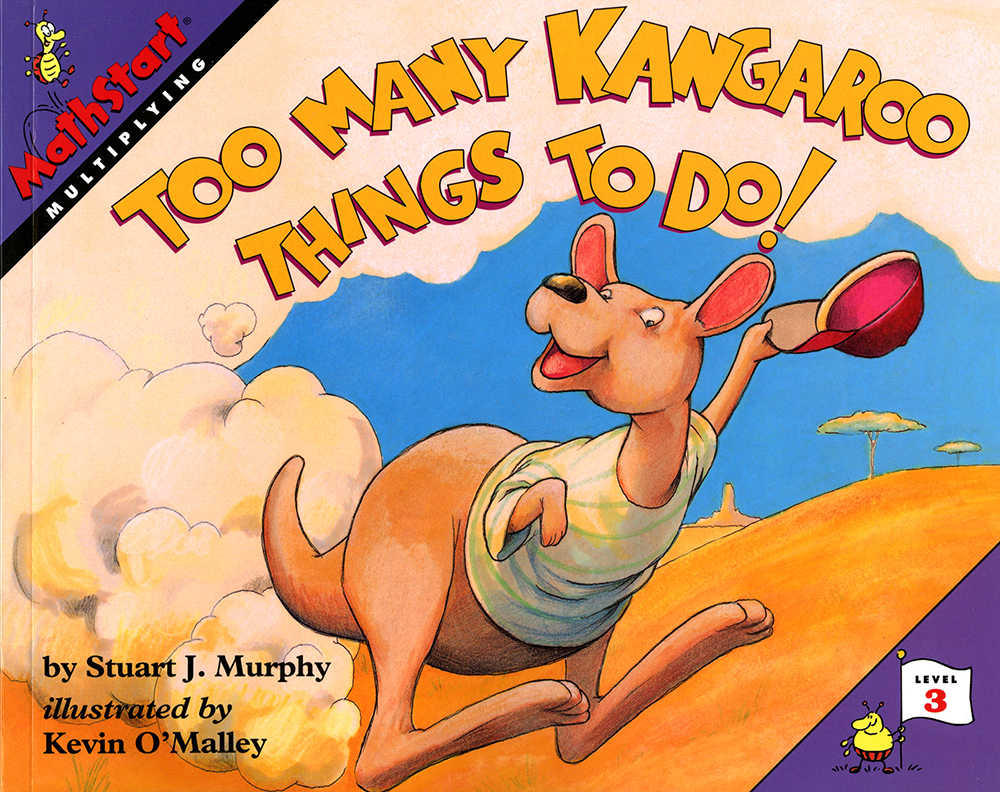Fall 2015
Lehman College
EDC715
Book Club Blog
Friday,
September 29, 2016
Five Little Monkeys Jumping on the Bed by Eileen Christelow
Posted by Ana Grullon
Title: Five Little Monkeys Jumping on the Bed
Author: Eileen Christelow
Illustrator: Eileen Christelow
Recommended Grade Level: Kindergarten
Common Core Mathematics Standards:
CCSS.MATH.CONTENT.K.OA.A.5
Fluently add and subtract within 5.
CCSS.MATH.CONTENT.K.C.C.B.4
Understand the relationship between numbers and quantities; connect counting to cardinality.
CCSS.MATH.CONTENT.K.CC.B.4.B
Understand that the last number name said tells the number of objects counted. The number of objects is the same regardless of their arrangement or the order in which they were counted.
CCSS.MATH.CONTENT.PK.OA.A.1
Demonstrate an understanding of addition and subtraction by using objects, fingers, and responding to practical situations (e.g., if we have 3 apples and add 2 more, how many apples do we have all together?
Summary:
Five Little Monkeys is a great story for kindergarten children. It is about five little monkeys who take a bath and then put on their pajama to go the bed. When they are almost ready to sleep, one starts jumping on the bed. This little monkey was the first to fall down; mama monkey, who was also ready to sleep, heard the loud noise and came out of the bedroom. She found the first monkey on his bed with a big bump on his bed. She carried him and ran to call the doctor, who said “No more monkeys jumping on the bed.”
But while she was paying attention to this monkey, the others began jumping on bed too.
The second monkey fell off the bed and bumped his head so she carried the injured monkey and called the doctor who again said “No more monkeys jumping on the bed.” The other three monkeys then began to jump on the bed. One fell off and bumped her head, so she called the doctor and he said again “No more monkeys jumping on the bed.” The two remaining little monkeys kept jumping one the bed until one fell off and bumped his head so mama call the doctor and he said: “No more monkeys jumping on the bed.” Now they were four little monkeys who had hurt themselves. Finally, the fifth monkey also got injured. She called the doctor for the last time. Then she put all of the little monkeys back into their bed. The five little monkeys fell fast asleep. Their mother could now relax but what did she do? She started jumping on her bed too!
Rating: ***** I highly recommend this book because it presents many ways to understand basic mathematical operations and problems that involve addition and subtraction. Also this story uses a song to make meaningful math connection for the students.
Classroom Ideas: This book is a good tool to teach very young students the concepts of subtraction and addition. Students can benefit from additional individual and group learning activities to reinforce counting forward and backward by using manipulative materials.





